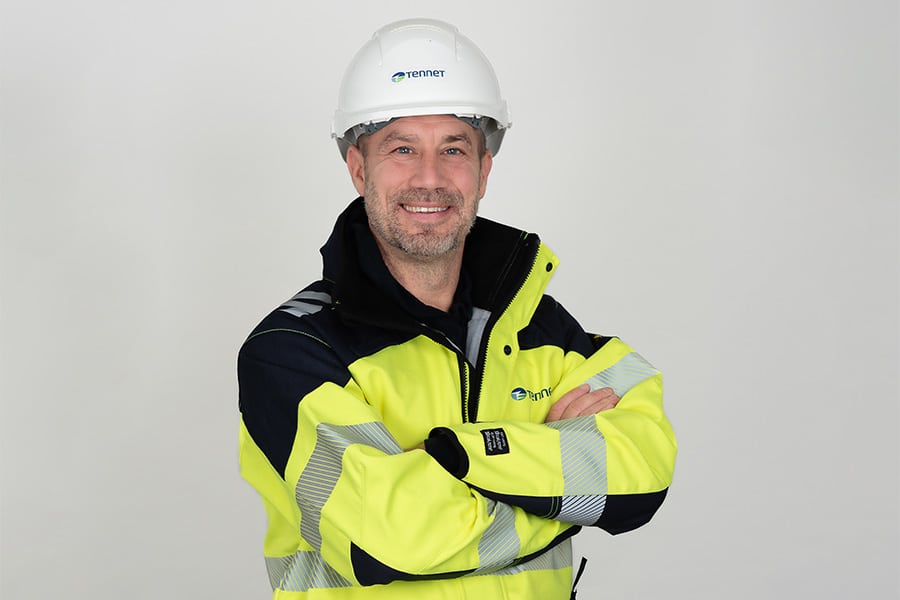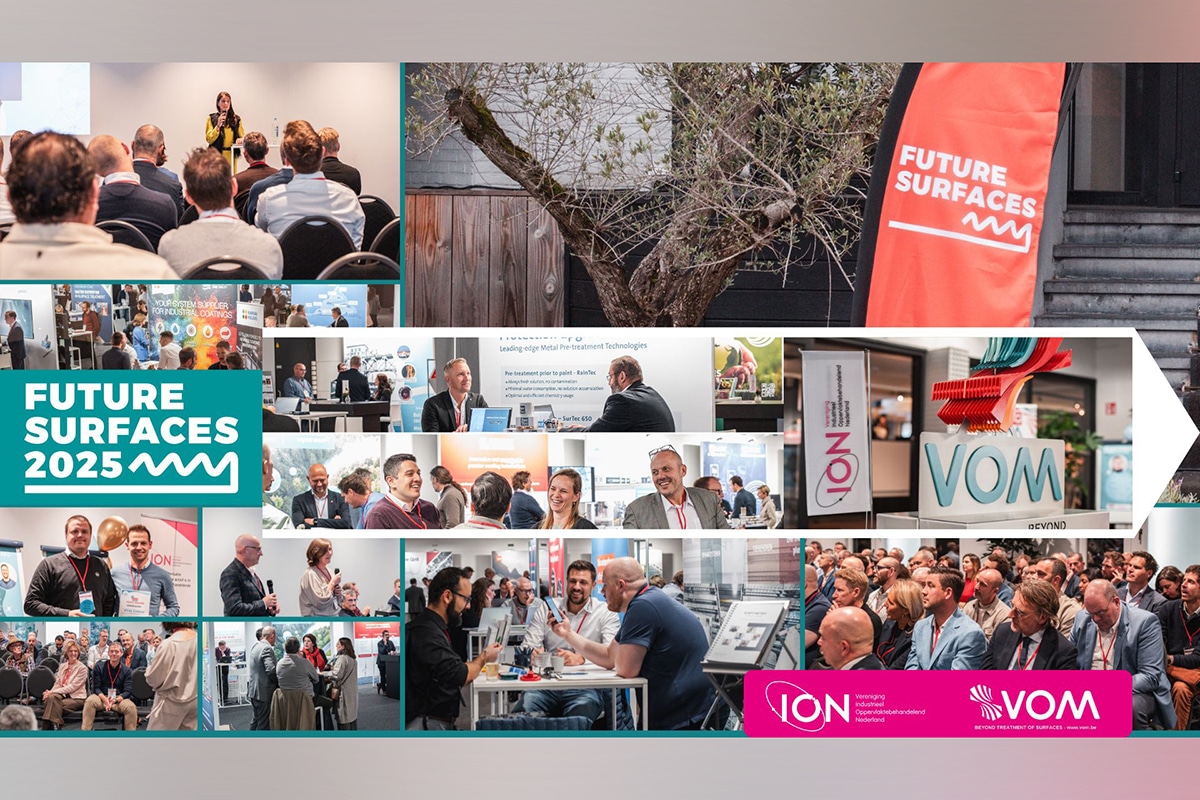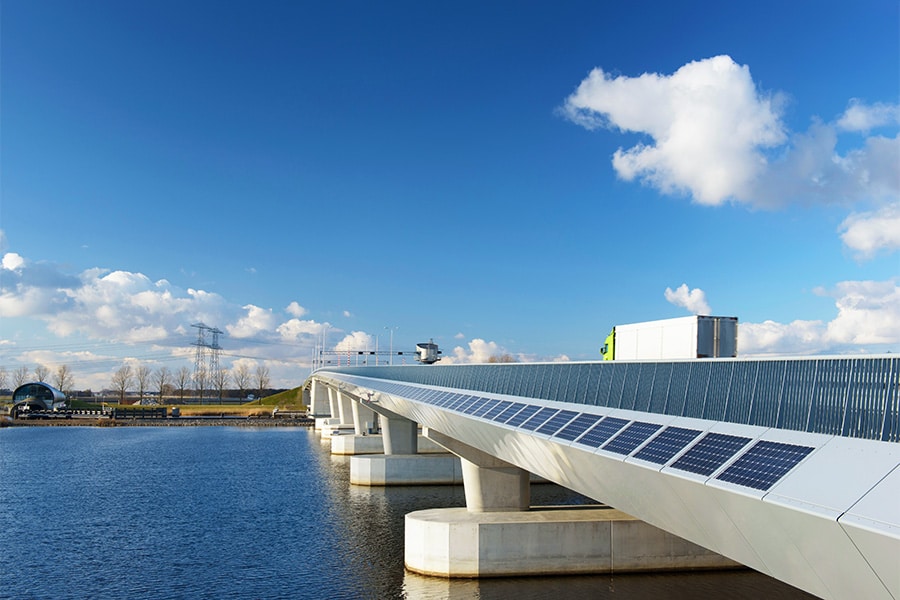
Public clients sign Letter of Intent Sustainable Bridges and Viaducts
Collective incentive for sustainability drive for concrete structures
We are on the eve of a huge replacement and renovation task, which will involve addressing many tens of thousands of bridges and viaducts in the coming decades. Public commissioners have the task of soliciting that task as sustainably as possible. On the initiative of the Concrete Agreement, the provinces of Gelderland, North Holland, Utrecht and Zeeland, together with Rijkswaterstaat, have joined forces to form the Sustainable Bridges and Viaducts coalition. The aim is to give the market a push and, above all, provide volume and perspective for investing in sustainable innovations. The signing of the declaration of intent during InfraTech 2025 on January 15 marked the kickoff. The coalition promises to put ambitious (frontrunner) projects on the market in the course of this year.
"The Sustainable Bridges and Viaducts coalition stems from the Concrete Agreement, which states that clients must very explicitly provide an incentive for sustainability," begins Ruud Nijland, program manager for reuse of girders at Rijkswaterstaat. "But also that not every public client does that in its own way, but that it is coordinated with each other. So it means that we are going to work better and more together as public clients. So far we are doing that with four provinces and Rijkswaterstaat, but of course we hope that more large public commissioning bodies will join. By operating as a collective, the opportunity to make a sustainability leap is of course many times greater. The idea is that we, together with a number of 'front runners', raise the bar a little higher and higher in the field of sustainability. The results achieved can then become the standard for the entire chain, the 'platoon', within a few years. This frontrunner-peloton approach has been adopted from the Concrete Agreement."
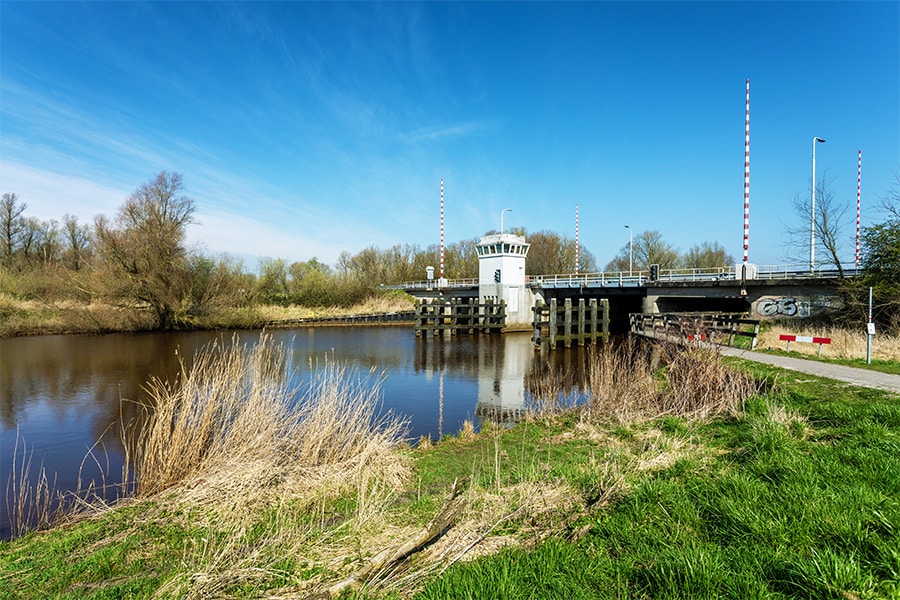
Concrete
The Sustainable Bridges and Viaducts coalition focuses initially on the sustainable procurement of "fixed" concrete bridges and viaducts. "In the Concrete Accord it was agreed that we aim for similar requirements when requesting sustainable concrete products in the market. This declaration of intent is actually an elaboration of that," says Steven Mookhoek, replacement & renovation quartermaster at the Province of Zeeland. "What requirements and what limit values these are is not yet defined in the declaration of intent." It is a long-term process, according to Nijland. The coalition organized an extensive market consultation in December last year to hear from the market whether and to what extent stricter requirements are feasible, after which the coalition "got the green light" from the market to further shape this initiative. "Over the next twenty years or so, many tens of thousands of concrete structures will need to be replaced. Many parts, such as the girders, are often still good for a second round, because concrete continues to harden. And in doing so, you achieve an enormous CO2 reduction that can amount to as much as 97%, as has already been demonstrated in pilots. While that relates to the girders themselves, it still provides significant savings in emissions for the overall structure."

Complex puzzle
Low-carbon concrete is also mentioned as a sustainability measure. "The market has indicated that it can meet the requirements that are now written in pencil," says Mookhoek. "Some requirements may even be a notch more ambitious. The commitment of delivering a good, high-quality product has to come from the market. And if it then meets the structural requirements, but not all other standards, then we need to discuss that as a collective. Structural safety is always leading, but we could possibly let go of some of the other properties in order to come up with a more sustainable alternative. It is a puzzle that we have to solve collectively. And because that puzzle is so complex, we focus purely on concrete structures. The technology is fairly simple and we are only dealing with material-constructive properties. Moreover, the volume is large: our country has tens of thousands of concrete artworks. Given the enormous CO2 footprint of concrete, it is therefore a somewhat low-threshold way for all parties to make serious strides."
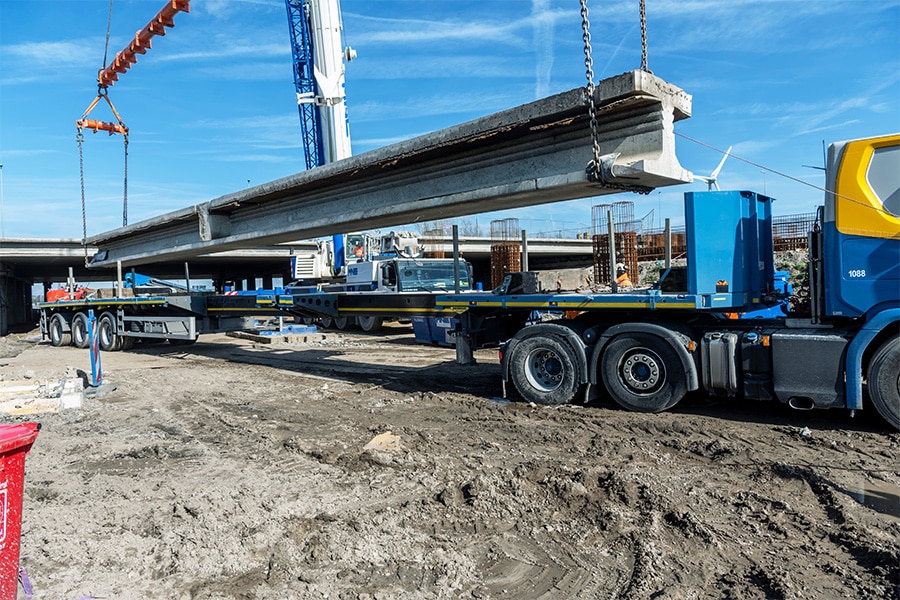
From pilots to scale-up
The coalition is well aware that the sector is not yet fully mature in terms of sustainability and circularity. "By creating volume and accepting risks as public clients, market parties dare to develop and invest in sustainable innovations. In this way you can create maturity and market parties can also place their innovations with other clients," says Nijland. "We emphatically want to move away from pilots and quickly toward scaling up sustainable techniques, so that we can address all those artworks and not a handful of pilots." Mookhoek: "A similar 'problem' obviously also plays out at municipalities, at water boards, etc. with all kinds of concrete objects in the acreage. The approach of this frontrunner approach is also to pave the way for other clients, so that with the same set of knowledge and requirements they can eventually also call on the market and hitch a ride as a platoon in the wake of this sustainability drive."
Concrete plans
Signing the letter of intent during InfraTech was only a first step. "We are now going to look together at which projects we will take on and what requirements we will set," says Nijland. "Think of stricter requirements regarding the concrete, but also requirements regarding detachability, reuse, etc. We are busy working on that now, and the idea is that all coalition members will contribute a number of projects, so that we can also learn from each other's projects and at some point make those lessons learned available to other clients. We are thereby building on the Market Vision and Procurement Strategy of Collaborative Platform Circular Viaducts and Bridges. We expect to come up with concrete plans in the course of this year with which we will challenge the market to come up with offers." Mookhoek: "The declaration of intent gives market parties the perspective they need to invest in sustainable innovations. The fact that public clients, united in this coalition, are showing guts and ambition to really make a sustainability transition has therefore been positively received by the market."
